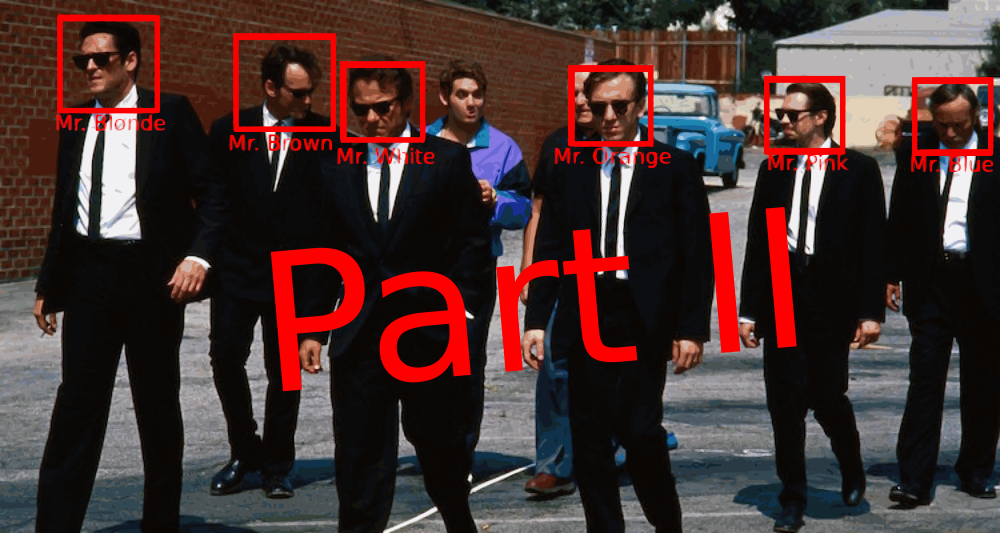
After playing around further with the clustering parameters of the prototype in part I, this only took me so far. To finally be done with this task, I built on what I had in part I and added:
- a strategy to continually break clusters;
- a labeling interface and export utility.
Clustering
Defining the appropriate number of clusters is not straightforward. Faces are clustered together according to the distance of their embeddings. In my case, I used Euclidean distance and single linkage. Why single linkage? I wanted to make sure a face joined a cluster if it was similar to any of the cluster’s faces, instead of an average of the faces, or even the longest distanced face within the cluster.
Still, the faces of 2 different people might be more similar between them, than either are to detection outliers (e.g. a flower). This means a cluster would be created for the flower, and the 2 people would be clustered together if too few clusters are allowed. For this reason, the adopted strategy was to start with a small number of clusters and increase it until the biggest cluster was sufficiently small.
I don’t love this strategy: it’s another parameter to tune, it will be sensitive to the photo collection, and it’s hacky. But, in the end, I just wanted my collection grouped by faces, and it managed that. This step has a lot of room for improvement.
UI
It turns out the UI is one of the most important parts of this mini-project. Default settings for the clustering alone can only take the user so far. Iterative clustering and labeling are key to quality people recognition. Currently, this is accomplished with a hammered CLI for basic interaction and OpenCV GUI for cluster display. If I were to continue this project, it would be nice to have a web based interface that managed labels and would allow for more complex operations, such as breaking apart clusters.
The whole codebase lives in the facegroups repository. The process that produced the groups of images I wanted has 3 steps:
- face detection: explained in part I and implemented in
facegroups/extract.py(it took around 1h to process ~1000 high resolution images); - face clustering: partly explained part I, uses agglomerative clustering and the strategy mentioned above and is implemented in
facegroups/cluster.py; - cluster labeling and export tool: basic CLI/GUI tool for a user to label precomputed clusters, implemented in
facegroups/label_clusters.py.
I’m done with this project for now, but the next steps would be:
- improving the UI, to allow iterative and interactive clustering and labeling;
- improving the clustering and adding logic to suggest cluster merge for the user to validate.